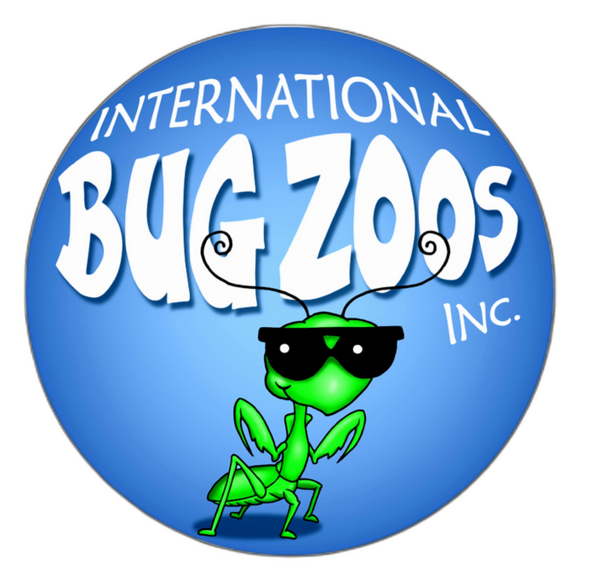Unlocking the Secrets: Intriguing Mysteries of Ant Societies
Ant societies are among the most complex, well-organized, and fascinating social structures in the animal kingdom. Consisting of millions of individuals working together in perfect harmony, these societies have intrigued scientists and naturalists for centuries. Yet, despite extensive study, numerous aspects of ant societies remain shrouded in mystery, challenging our understanding of communication, hierarchy, and collective behavior in the natural world.
The Enigma of Ant Communication
One of the most captivating mysteries of ant societies is their mode of communication. Ants are known to communicate through pheromones, chemical signals that can convey sophisticated messages. These chemical messengers can direct other ants to food sources, signal danger, and even modulate social organization. However, the complexity and nuances of this communication system are far from fully understood. Scientists are still deciphering how specific pheromones are interpreted and acted upon by the colony, and how ants can convey detailed information without verbal or visual cues.
The Mystery of Queen Selection
Certain ant species exhibit a baffling process of queen selection that bewilders scientists. Traditionally, it is understood that the queen ant is the mother of all other ants in the colony, with her primary role being reproduction. Yet, the precise mechanisms behind queen selection are not fully known. In some species, the future queen is determined by diet or fight-to-the-death battles among larvae. This enigmatic selection process raises questions about genetic predisposition and the social dynamics within ant colonies that are yet to be fully answered.
Division of Labor and Decision-Making
The division of labor in ant societies is a marvel of natural selection, with different ants performing different roles such as workers, soldiers, or caretakers of the young, often determined by their age or size. However, how an ant colony makes collective decisions without a central command is a subject of ongoing research. For instance, how does a colony decide when to move nests or how to allocate resources during a famine? Researchers are exploring concepts such as distributed intelligence and swarm intelligence to understand these decentralized decision-making processes.
Ant Societies and Human Technology
The study of ant societies has not only broadened our knowledge of the natural world but has also influenced human technology. Algorithms inspired by ant behavior, known as ant colony optimization algorithms, are used to solve complex problems, from routing delivery trucks to designing telecommunications networks. By observing how ants efficiently find the shortest paths to food sources and communicate these routes to the colony, scientists have developed algorithms that mimic these behaviors to optimize human systems.
Continuing Mysteries and Future Discoveries
Although significant strides have been made in understanding ant societies, the path to fully unlocking their secrets is long and winding. With each discovery, new questions emerge, propelling the field of myrmecology (the study of ants) into uncharted territories. Future research endeavors promise to delve deeper into the genetic, environmental, and social factors influencing ant societies, offering insights that could further bridge the gap between the natural world and human innovation.
As we continue to unlock the mysteries of ant societies, we are reminded of the complexity and interconnectedness of all life forms on Earth. The study of these diminutive yet immensely sophisticated creatures offers profound lessons about cooperation, survival, and the intricate tapestry of the biosphere.

